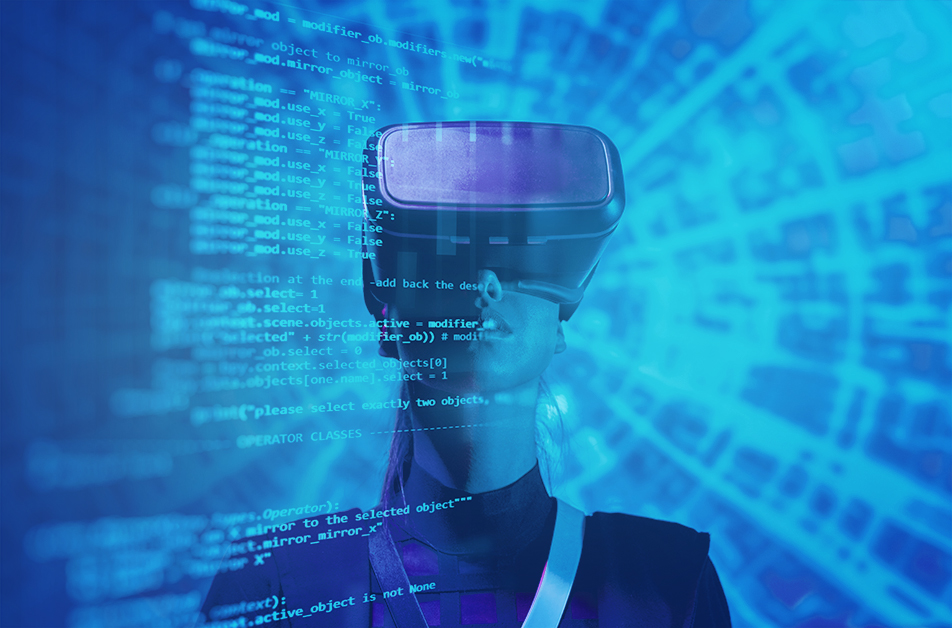

Insurers are increasingly interested in the potential value of augmented reality (AR), which represents another channel through which to reach digitally immersed consumers. AR provides data to the user by overlaying digital displays of information onto video of the physical world.
Like machine vision, AR involves AI-based image analysis, but unlike machine vision, the information from the image analysis is provided to the user in real time. Many insurers and startups already use machine vision in areas like claims damage assessment and risk mitigation for personal property. The addition of AR could allow the assessment process to happen in real time while incorporating information like building materials, condition, or damage potential.
AR Use Cases
Insurance-specific AR use cases fall into four main categories:
- Customer education and marketing
- Risk mitigation and loss control
- Claims adjusting and assessment
- Guided underwriting
Current initiatives tend to center on customer education and marketing. When a user scans the cover of MetLife’s dental brochure using a smartphone, for example, the pamphlet comes to life and offers information about services and plans. Insurers have also developed applications which illustrate the growing flood threat to coastal areas from rising sea levels and help policyholders understand retirement goals and complexities.
Other initiatives focused on risk mitigation and loss control show accident potential for real-time and possible future hazards. Allianz launched “Haunted House” in Hungary, an AR-based app that demonstrates accident potential within homes, and AXA used AR technology in Belgium to help demonstrate the potential consequences of car accidents.
AR is also being used by insurers to provide service support and training. Zurich utilizes smart glasses to help on-site field adjusters, providing capabilities such as real-time documenting of work progress, remote conferencing with experts, and site plans. A Fortune 50 insurer works with Skylight to provide coaching to property field adjusters through smart glasses.
Future adoption of AR might include real-time damage assessment, loss mitigation, and underwriting. AR is very much an emerging technology in insurance and other industries. AR applications often experience connectivity issues in geographies with limited 5G access, and AR hardware can be cost prohibitive. As consumer technology companies continue to build out AR capabilities and telecom providers build out 5G infrastructure, the barriers to entry and challenges associated with launching AR initiatives will be lessened.
This post is adapted from a longer article at Insurance Innovation Reporter. To learn more about how insurers are using augmented reality and providers that are active in the space, read Novarica’s report, Augmented Reality in Insurance: Overview and Prominent Providers.
Add new comment